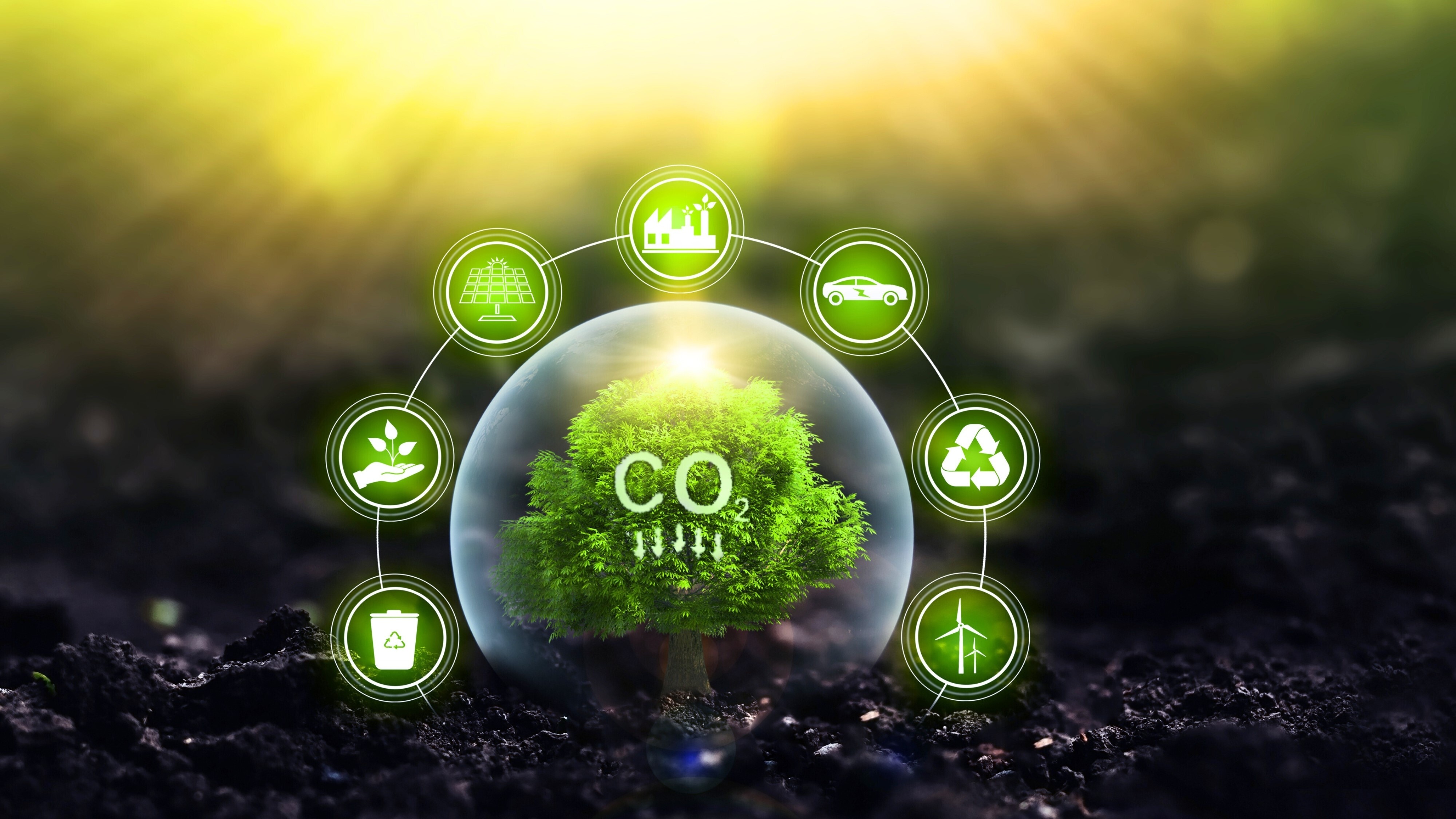

In a significant move towards achieving India's climate goals, the Ministry of Environment, Forests and Climate Change (MoEFCC) has set greenhouse gas (GHG) emission intensity targets for individual companies across four key industrial sectors—aluminium, cement, chlor-alkali, and paper. This landmark initiative marks a shift towards sector-specific accountability and data-driven climate action.

These targets apply to 13 aluminium producers (including Vedanta and Hindalco), 186 cement companies, 30 chlor-alkali units, and 53 paper manufacturers. The emission intensity goals are set for the fiscal years 2025–26 and 2026–27, using each company's 2023–24 production levels as the baseline.
For instance, Vedanta, listed first among the aluminium producers, reported a production volume of 12,38,336 tonnes in 2023–24. Its baseline emission intensity was calculated at 13.4927. Under the new targets, Vedanta must reduce this figure to 13.2260 by 2025–26 and further to 12.8259 by 2026–27.
"In case an obligated entity fails to comply with GEI target or fails to submit the carbon credit certificates equivalent to the shortfall for compliance, the Central Pollution Control Board (CPCB) will impose an 'Environmental Compensation' on such obligated entity for the shortfall in the respective compliance year, which will be equal to twice the average price at which the carbon credit certificate is traded during the trading cycle of that compliance year. The average price shall be determined by the Bureau of Energy Efficiency," the rules notified on Monday.
Under the 'Greenhouse Gases Emission Intensity Target Rules, 2025', all designated companies—referred to as 'obligated entities'—are required to meet the specific emission intensity targets assigned to them. Entities that surpass their targets by reducing emissions beyond the required levels will earn carbon credits, which they can trade in the market. Conversely, those unable to meet their targets can remain compliant by purchasing carbon credits from others.
Obligated entities must pay the Environmental Compensation within 90 days from the date it is imposed. The funds collected through this compensation will be held in a separate dedicated account.
“With the 2025 GEI targets under CCTS now formalised, India has moved from intent to implementation. For the first time, we have a domestic framework that quantifies emissions across sectors that matter. This isn’t about penalties, it’s about clarity, credibility and a market signal that’s long overdue. It shows the government is serious and looking to leverage the best from the international carbon markets, whether compliance or voluntary,’ added Manish Dabkara, Chairman and Managing Director, EKI Energy Services and President, Carbon Markets Association of India.



Responses






